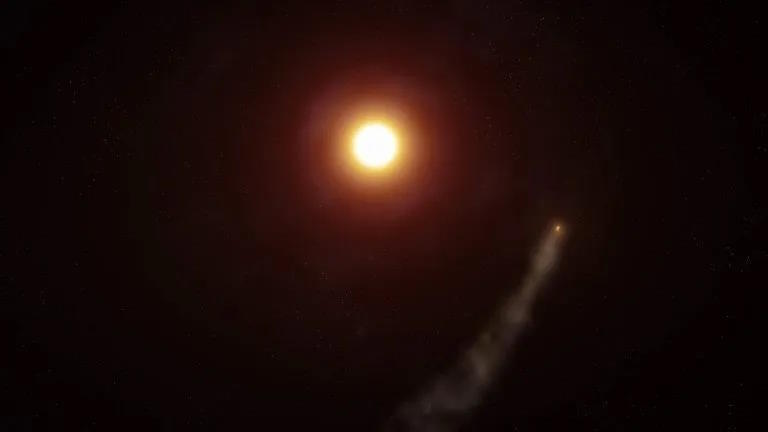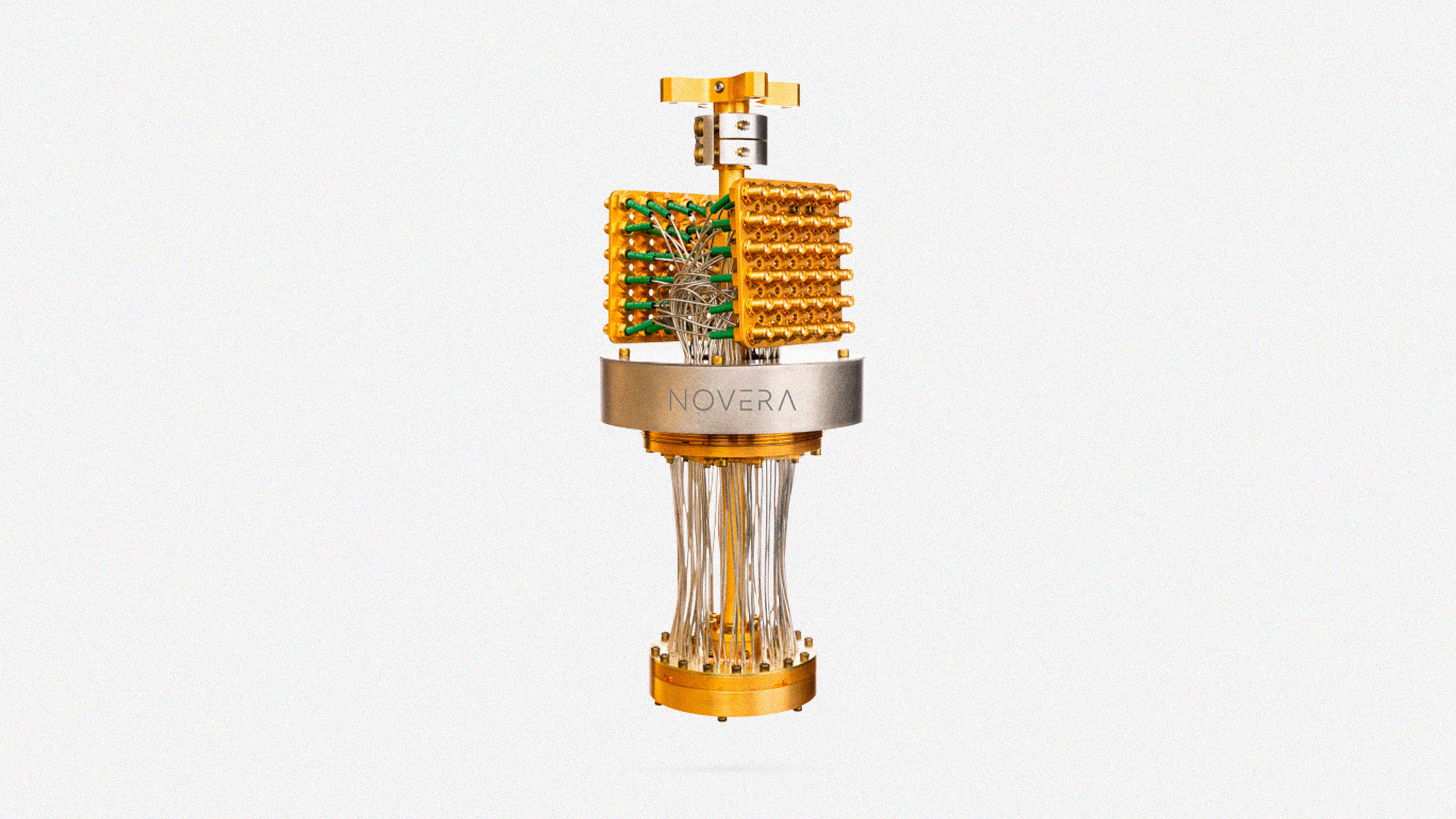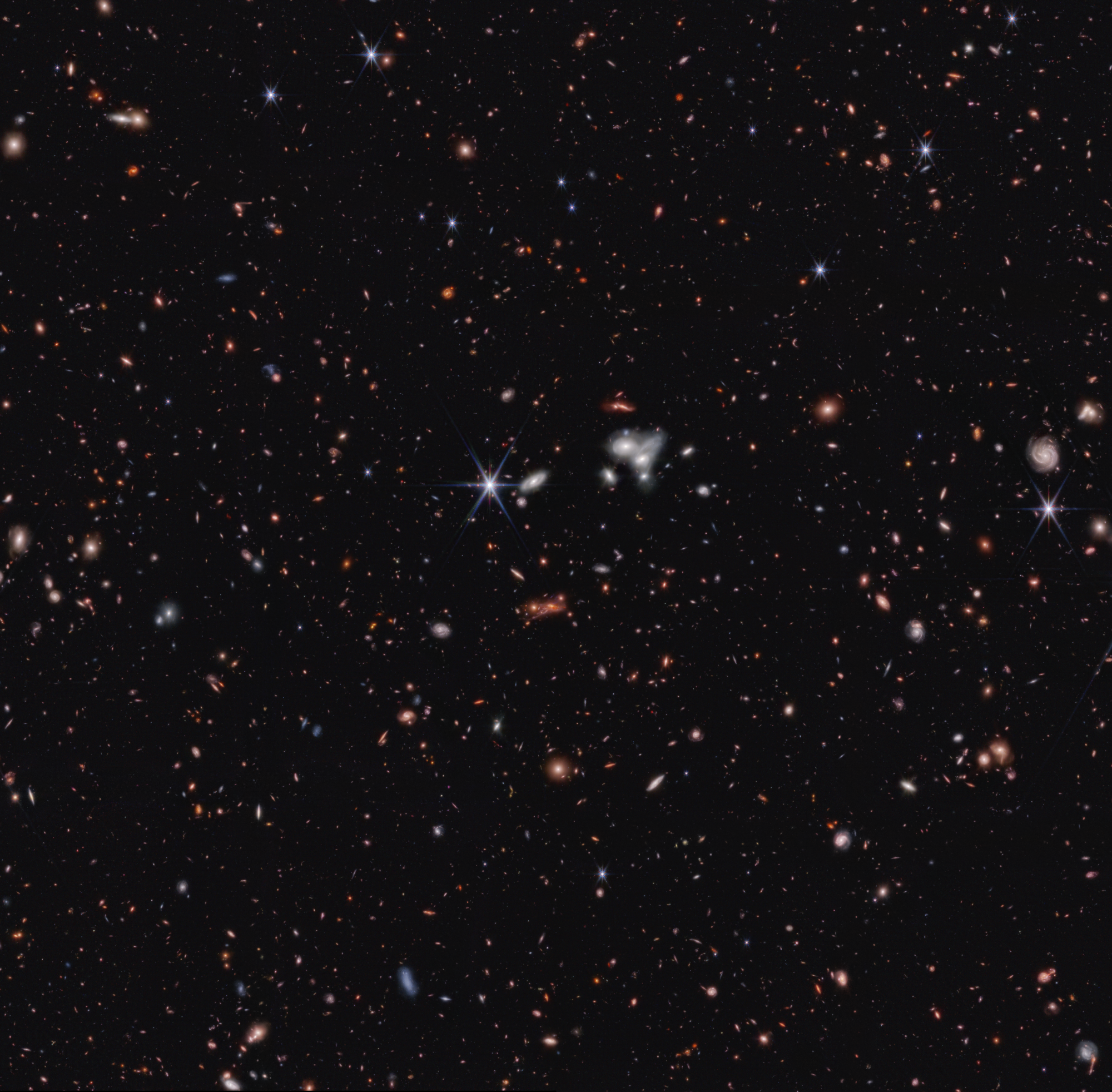Starts With A Bang podcast #104 – The magnetized galactic center

- The galactic center is home to a great collection of astronomical riches, from a supermassive black hole and enormous numbers of stars to gas, dust, and intricate magnetic fields.
- These features all interact, leading to a wealth of emissions across the electromagnetic spectrum, but which can be uniquely observed with long-wavelength radiation, from the far-infrared to the radio.
- With our best terrestrial far-IR observatory, SOFIA, having been canceled just a few months ago, the FIREPLACE survey marks one of the last great projects it undertook. Here’s the inside scoop from one of its leaders.
Have you ever wondered what the full story with the galactic center is? Sure, we have stars, gas, and an all-important supermassive black hole, but for hundreds of light-years around the center, there’s a remarkable story going on that’s traced out in a variety of elements at a whole slew of different temperatures. Imprinted in that material is a remarkable set of features that reveals the magnetic fields generated in our galaxy’s core, with some of them spanning much greater distances than have ever been seen elsewhere.
It’s a testament to the power of multiwavelength astronomy, and in particular to the long wavelengths like the far-infrared, the microwave, and the radio portions of the spectrum that shows us these features of the Universe that simply can’t be revealed in any other way. To help bring this story to all of you, I’m so pleased to welcome Dr. Natalie Butterfield, a scientist at the National Radio Astronomy Observatory (NRAO), to join us on this episode of the Starts With A Bang podcast.
Natalie is the discoverer of a giant magnetized ring some 30 light-years in diameter located in the galactic center, and is one of the leaders of the FIREPLACE survey: the Far-Infrared Polarimetric Large-Area CMZ Exploration survey that used the (sadly, now-defunct) SOFIA telescope to image the galactic center as never before. Strap in and have a listen, because you just might never think about the core of the Milky Way in the same way again!





